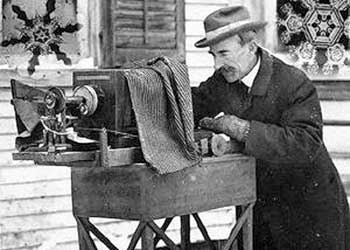Lesson Frame:
Lesson:
It is the first day back after a two week vacation and it snow we didn't get any snow while we were out.... so what better way to pique interest in math than by focusing on snowflakes?!
Snowflakes are actually very mathematical!
Our goal today was that the students would be able to generate geometric definitions using critical attributes of a 2-dimensional figure.
We began by reading the book:
This is the true story of Wilson Bentley who had a passion for studying snowflakes. He even invented a way to photograph them in order to share the beauty of snowflakes with the world!
After reading the story, I showed a short video about Snowflake Bentley that showcases the photographs he began taking in the early 20th century. The images are pretty amazing!
Finally, we began to focus on the geometry of snowflakes by working with the fact that most snowflakes are hexagonal. We defined a hexagon by using its critical attributes (sides, vertices, angles, lines of symmetry, parallel, etc.).
We are working with critical attributes of each shape to create our definitions. We asked questions like:
- Is a hexagon a polygon? How do you know?
- How many sides? (4 sides is also called?) Congruent?
- How many vertices?
- How many angles? What kinds of angles? Congruent?
- Is it a parallelogram? How do you know?
- What type of lines make up the shape? (Intersecting or Perpendicular) How do you know?
- Are there any lines of symmetry? How many?
We completed this task using a hexagon, then we folded the hexagon in half creating a trapezoid, next, we used the trapezoid to create a rhombus, and finally we used the rhombus to create a triangle (an acute equilateral triangle to be exact).
I was glad that I made students name the types of lines because they always wanted to call them perpendicular. This allowed me to reiterate exactly what makes lines either intersecting or perpendicular. I also had to correct the terminology of diamond. A rhombus is not a diamond!
We spent the entire class working on this activity, so we will begin our Countdown to STAAR sheets tomorrow.




No comments:
Post a Comment